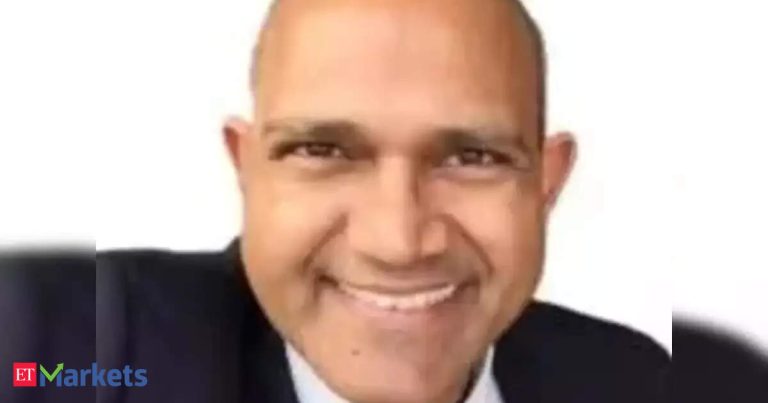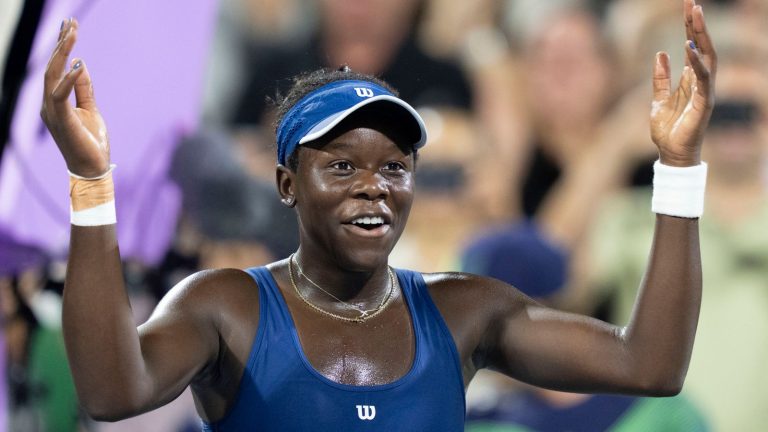What is your first comment on the RBI policy? I am sure it is on the expected lines. But given that inflation is going to be limited, and the tariff situation is still evolving, GDP for the current fiscal year has also not changed because of all the uncertainty that is looming around. Having said that, the situation is still evolving. We are also looking at a Fed policy. So, what is your take on the rate cut stance in India or the US, and the way ahead?
Abhay Agarwal: The RBI policy was largely on expected lines but there were a couple of things that kind of differed from the past statements by the governor and one of them was the worry that the growth that they are seeing is uneven and I do not think as a governor he would want to see that or even the finance ministry would want to see that.
One thing on their mind is how do we make sure that there is an even growth or largely even growth? The second is that the real inflation on the Street is higher than what the name plate inflation is showing and that is one of the reasons they want to see that play out over the next quarter or so, before deciding on the next rate cut.
There is ample liquidity and that is the other thing that he indicated but what they want to see is that the rate transmission takes place right to the bottom of the pyramid which I do not think has taken place as per their expectations. So, for RBI, it is a work in process that it is not only just rate cuts that will drive the economic growth but also these impacts of rate cuts being felt by everybody, the borrowers and the industry kicking off of the private capex cycle.
It is a wider agenda that he referred to and it will be interesting to see. The good thing from a market perspective is to see that the RBI is very focused on these key issues and will hopefully resolve them over the next three months and we will see the impact of that in the earnings in probably the third quarter this year.
Now that we have all of these events, economic indicative actions, but still the triggers, the direction for the domestic market is missing. We see a lot of contingent scenarios from the global front, tariff implications are still underway and at the same time, the quarterly are a mixed bag. Where do you see the triggers coming in? What are the compounding themes?
Abhay Agarwal: The markets are waiting for positive triggers and the biggest positive trigger is some kind of resolution to these tariff tantrums by the US president. This daily negative news flow, daily threats and it is something that people can discuss but completely out of control. Unfortunately, what I am seeing is that the impact of these tariffs are already being felt by the Indian industry. We have heard over the last couple of days, cancellation of orders by large US buyers from Indian suppliers in textiles, small auto ancillaries, and some consumer products because they do not want to pay that kind of tariff for imports from India. The Indian industry is already feeling the heat. It is not a discussion or a threat anymore. This has happened. The biggest positive trigger for the markets right now would be some kind of sustainable resolution of this daily tariff threat that has already started impacting Indian exporters and that will give the market confidence that the earnings can be forecast. Otherwise, most of the companies’ management will pull out their management guidance for the next quarter and the quarter after that. It is very important that some kind of resolution comes into play.









